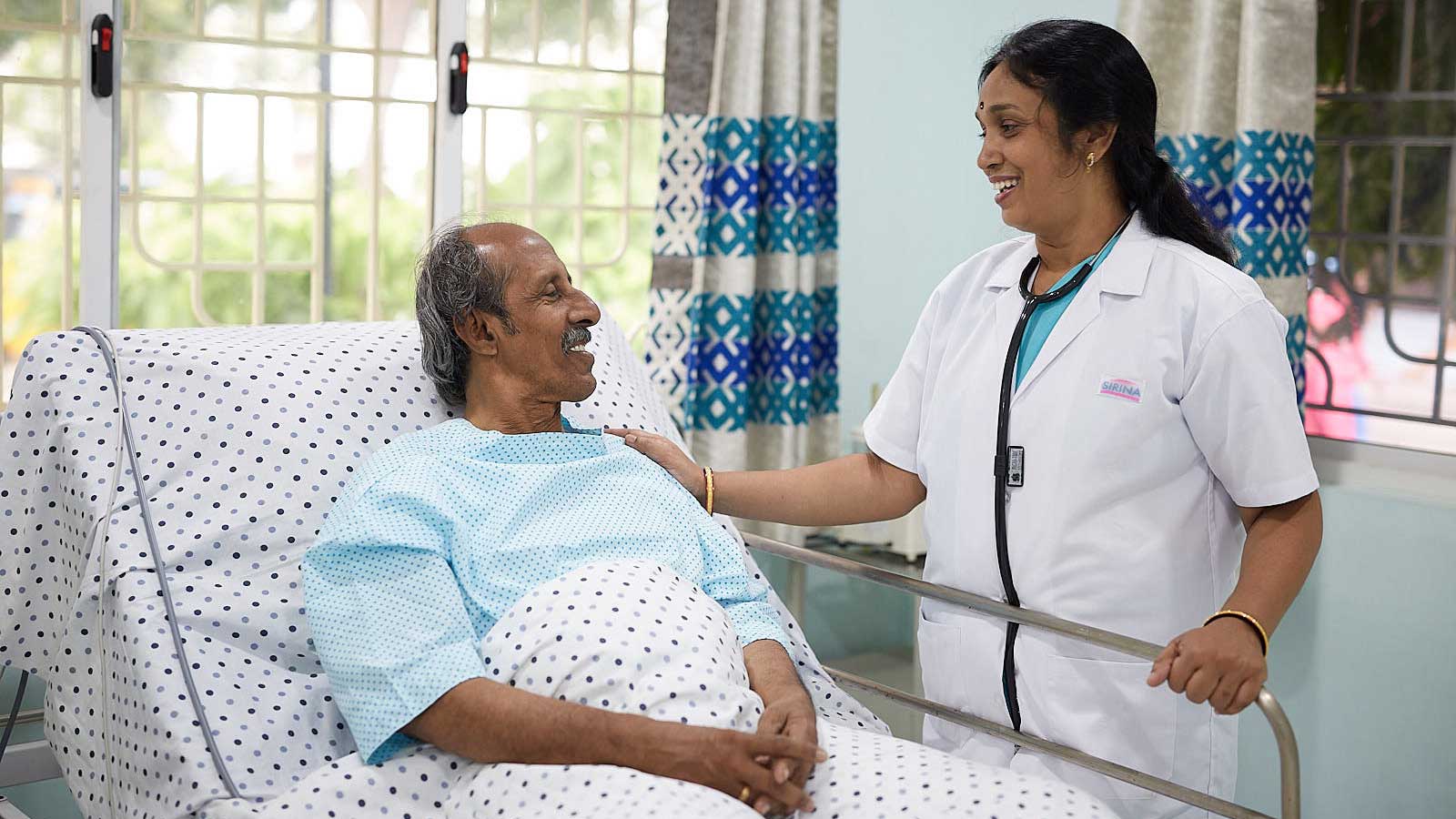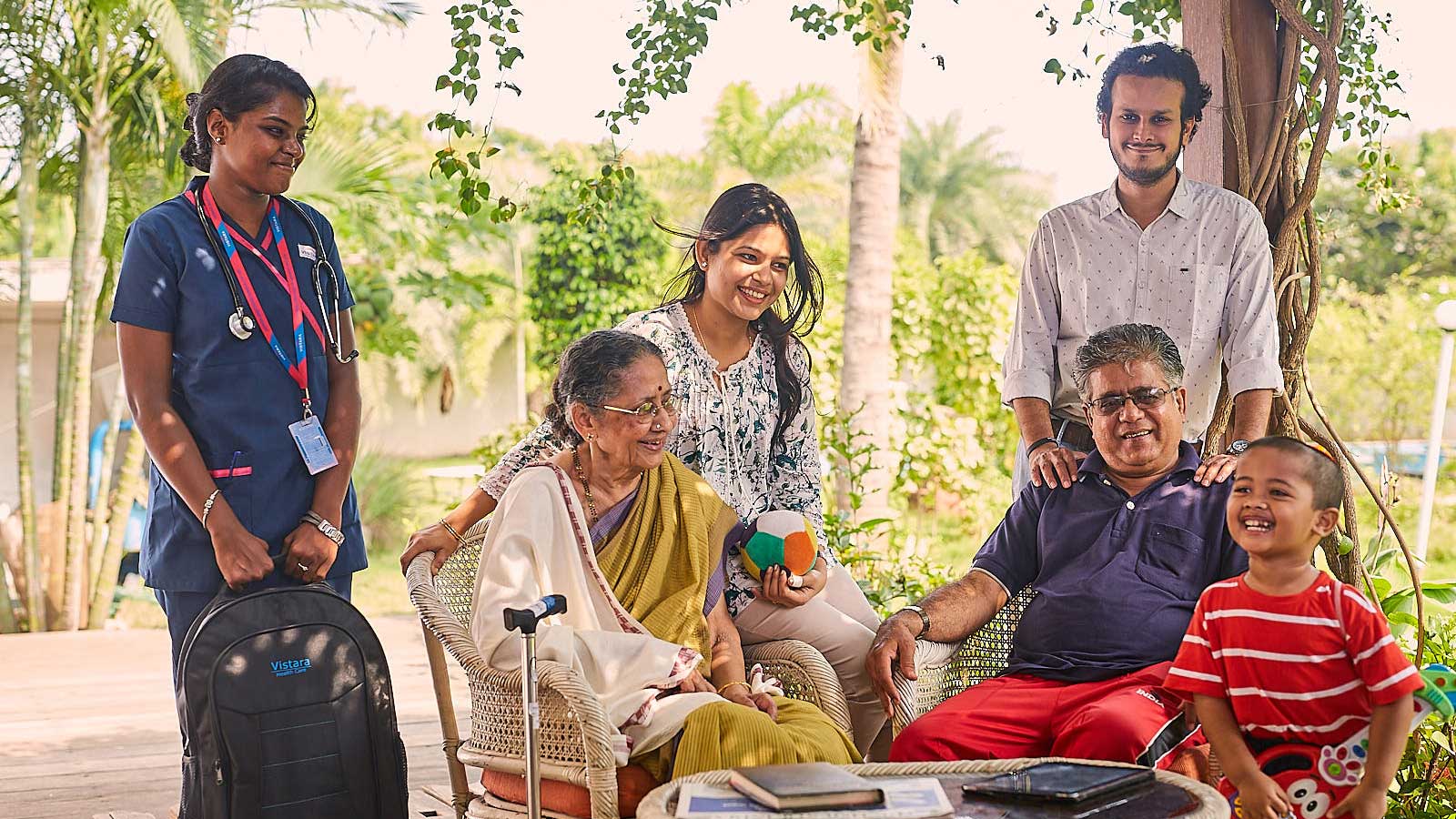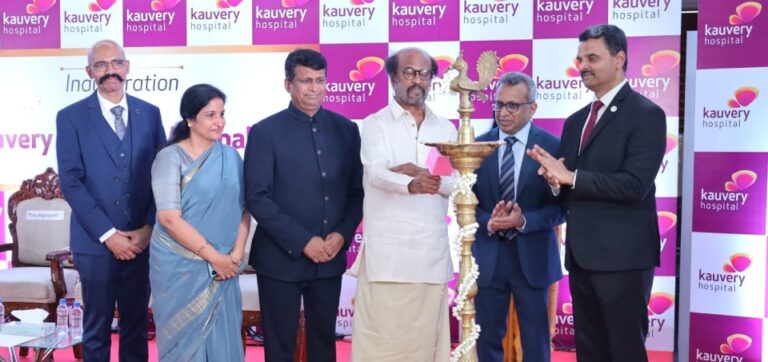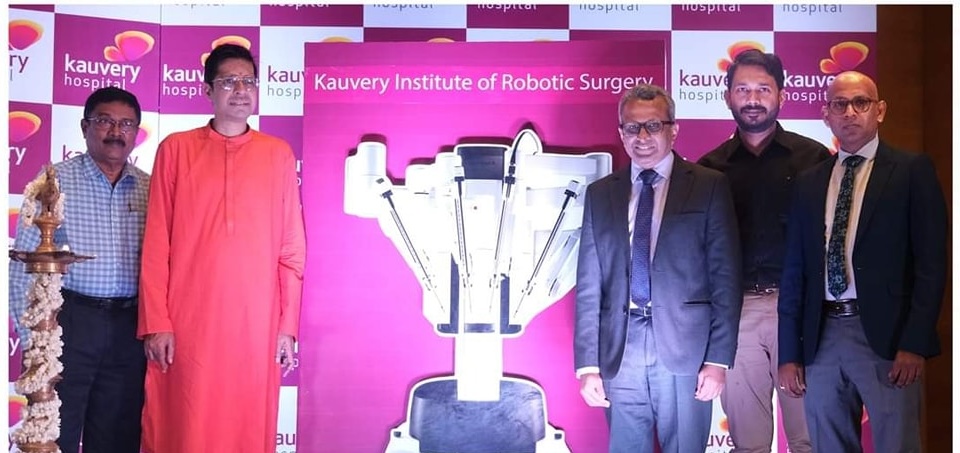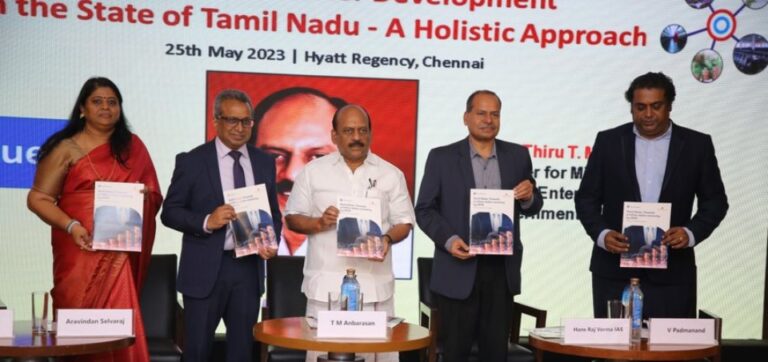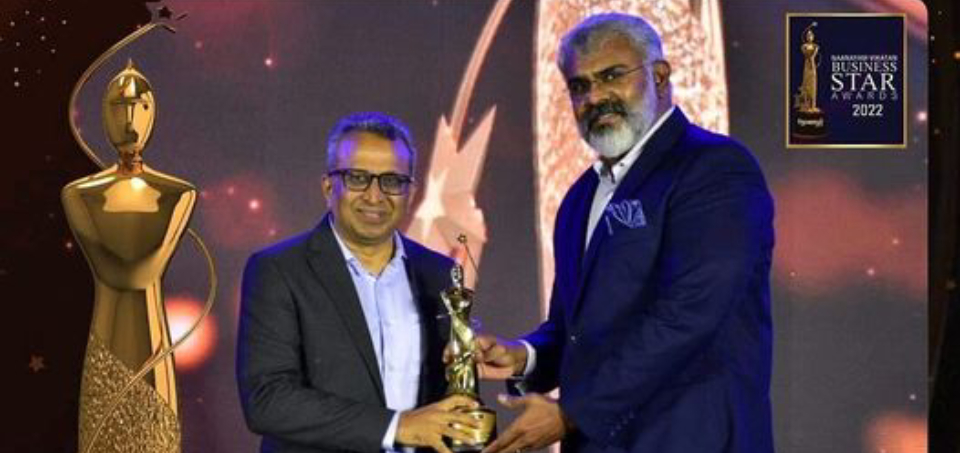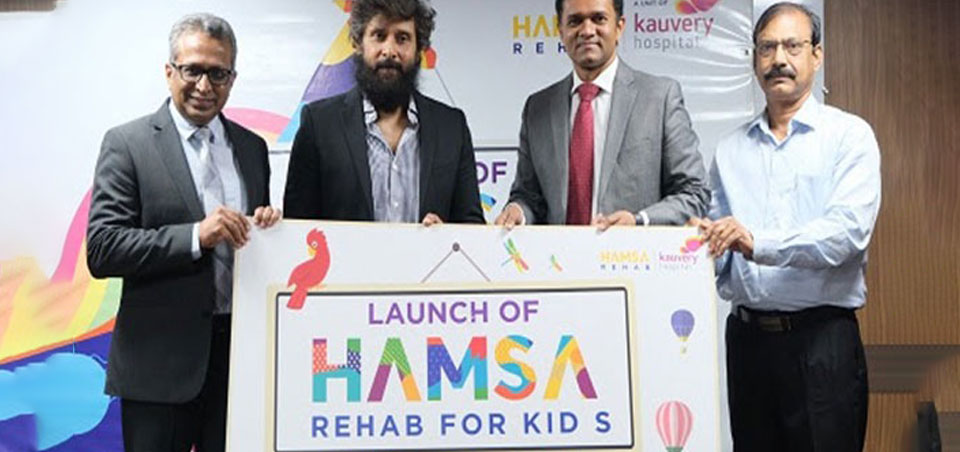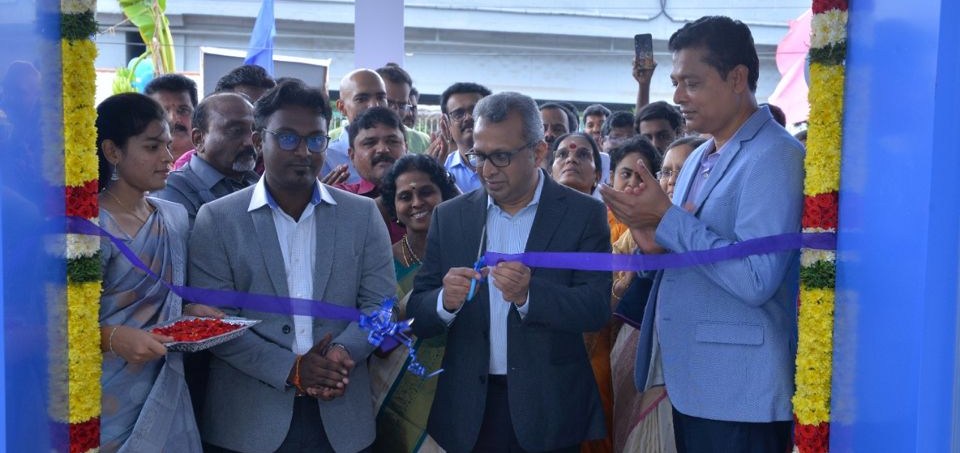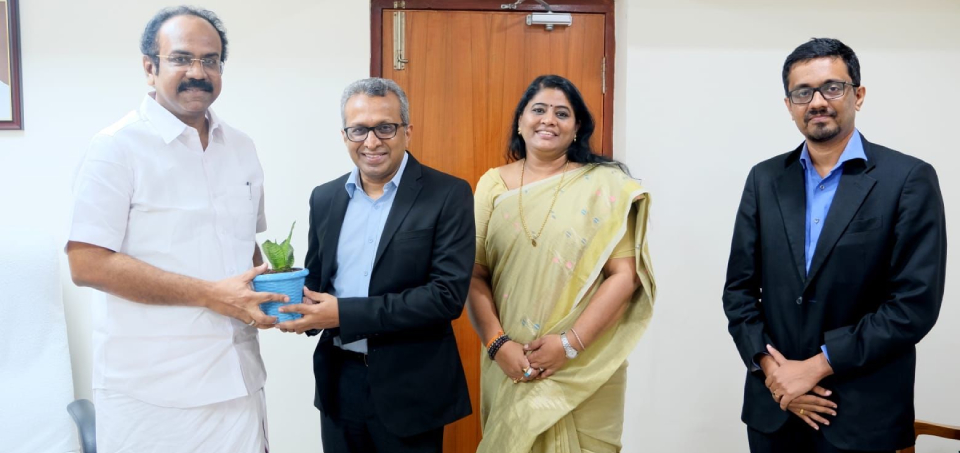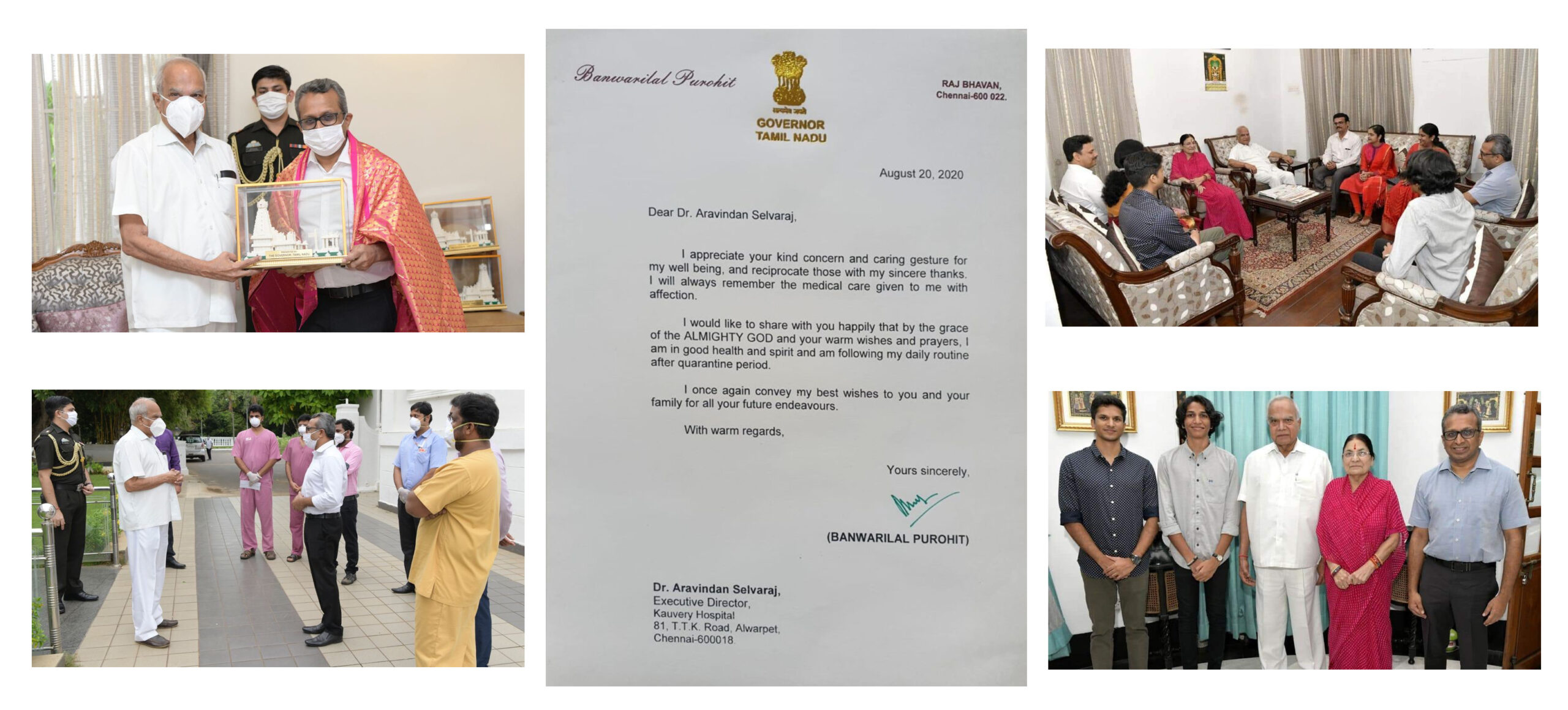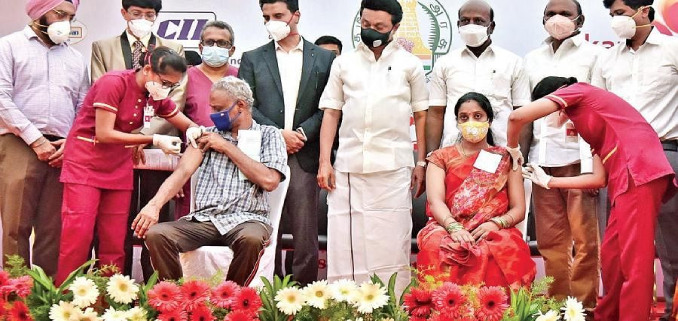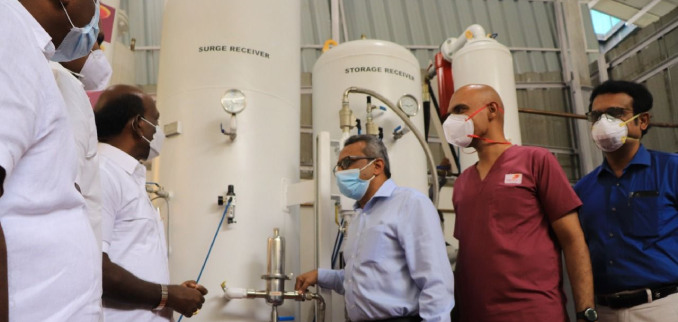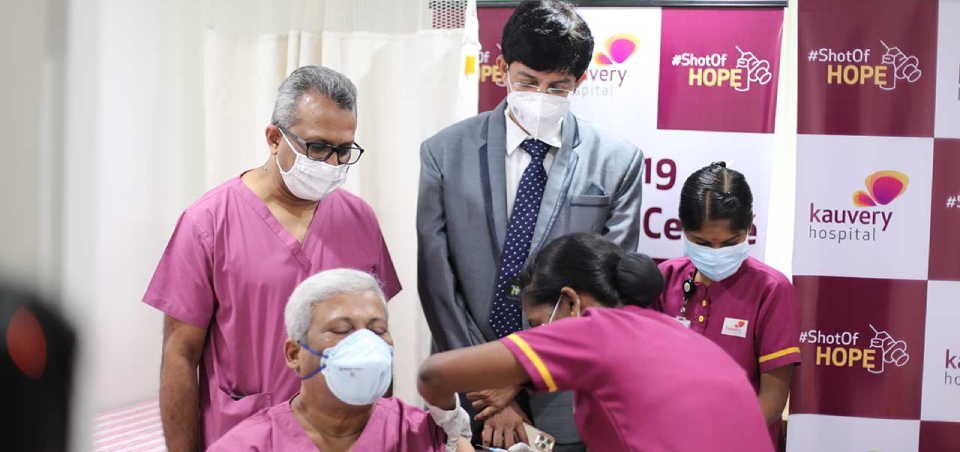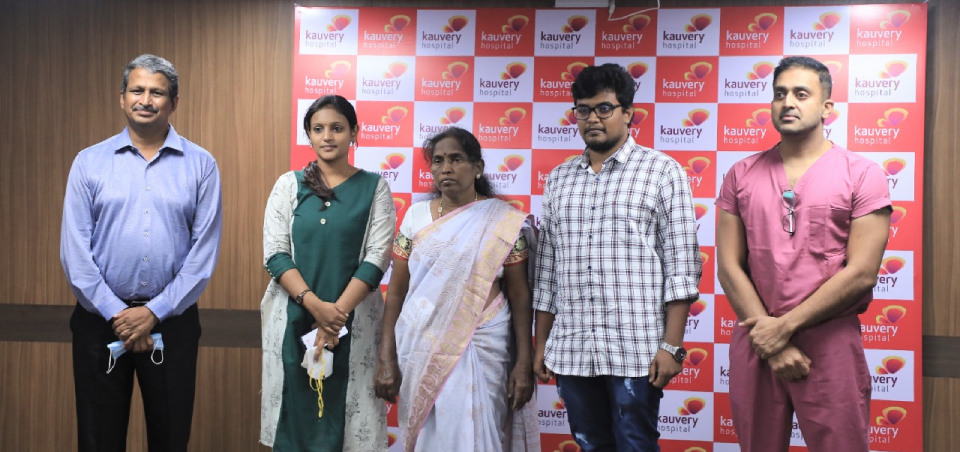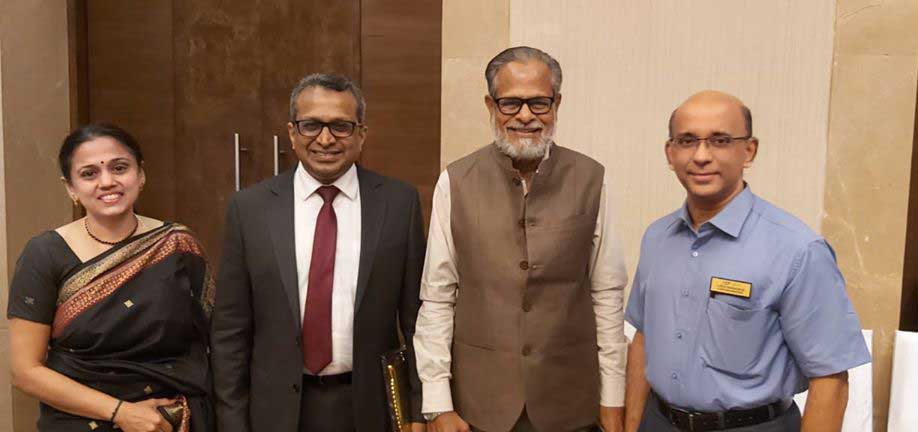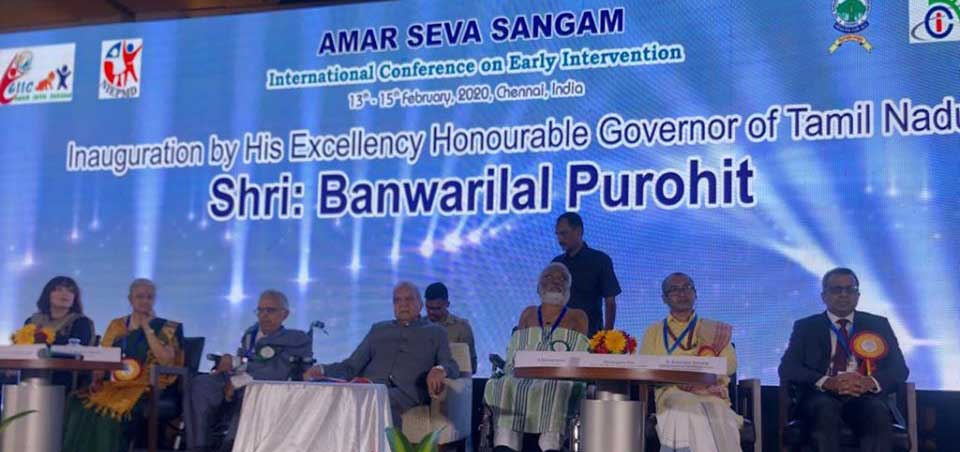Graduating from Stanley Medical College in Chennai and completing his Masters in Orthopaedics from Gujarat University, Dr. Aravindan Selvaraj crowned his post-graduation with the D A Patel gold medal for being the top ranker.
He spent the next 15 years honing his skills in Ireland and the UK, working in world renowned hospitals like Kings College Hospital and St Thomas Hospitals, London. Returning to his motherland with the intention of setting up a world class facility, he co-founded Kauvery Hospital in Chennai. Today, it is indeed a matter of pride that Kauvery Hospital has expanded to a 2200 bedded hospital with its presence in multiple cities across South India.







